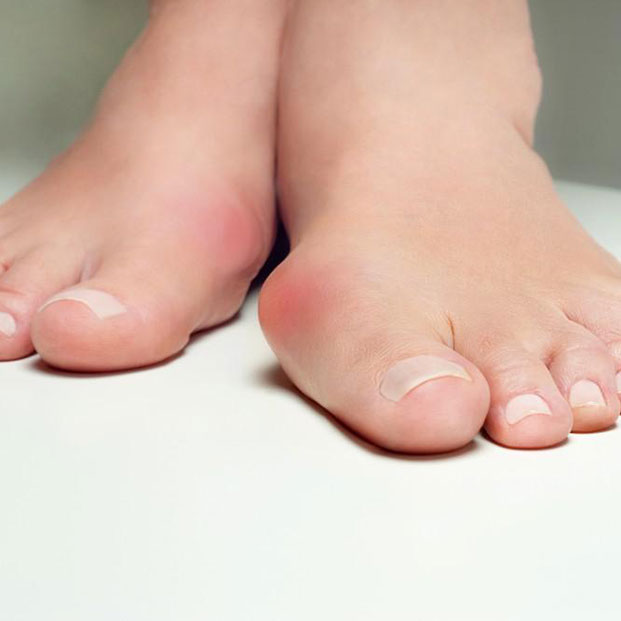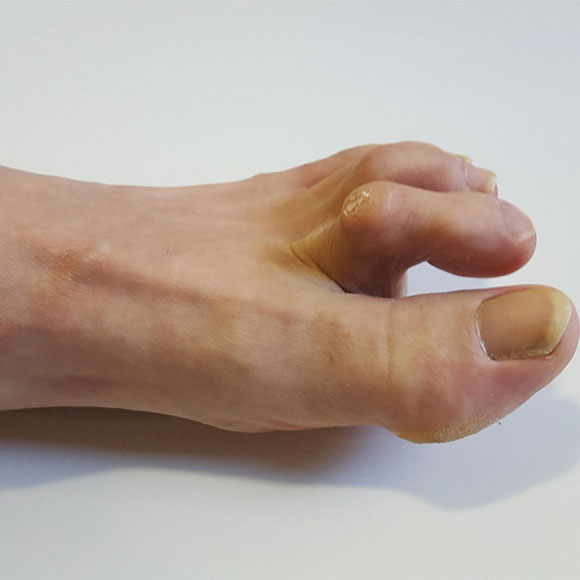01
What Are Bunions?
A bunion, or hallux valgus, is a bony bump that forms at the base of the big toe, where the toe joint protrudes outward and the big toe leans toward the second toe. Over time, this misalignment can lead to swelling, redness, and pain, particularly when wearing tight or narrow shoes. Bunions can also develop on the outside of the foot near the base of the little toe, a condition known as a bunionette or tailor’s bunion.


